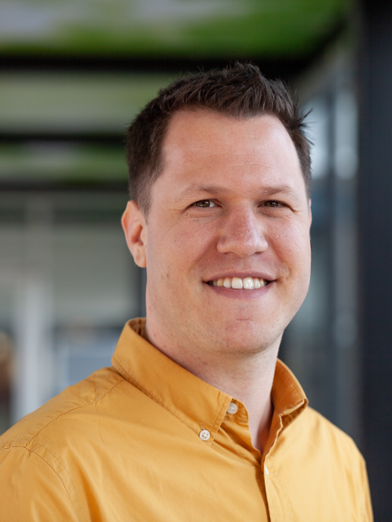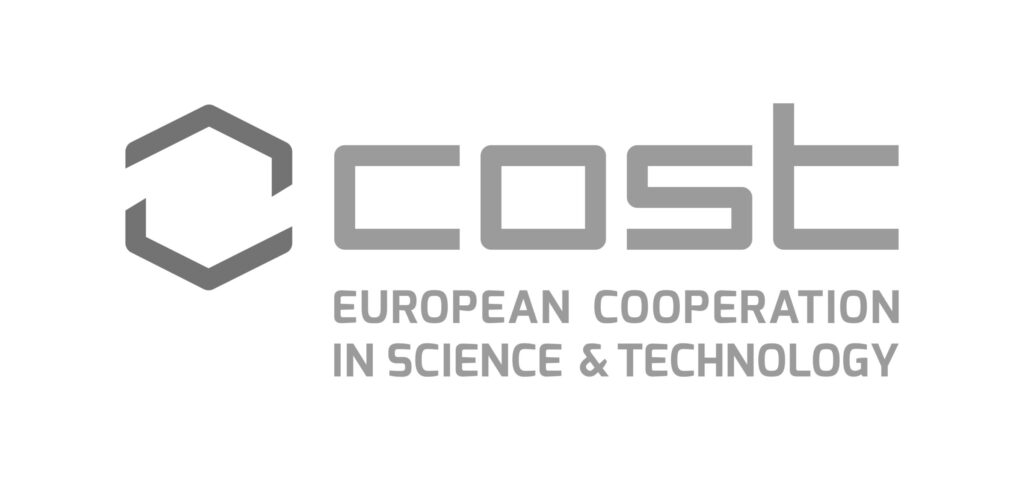Interview with Tim Riswick, COST Action Chair of GREATLEAP
The first meeting for the COST Action programme, GREATLEAP, will be held on 2 May at Radboud University. The day will include presentations and discussions led by key project members such as Tim Riswick and Ciara Breathnach, outlining the objectives, activities, and expected outputs for the period 2024-2027. The morning also features presentations by various working groups on topics ranging from cause-specific mortality to the creation of analytical tools. Afternoon sessions offer hands-on workshops, including a notable one on coding causes of death using ICD10h, and parallel presentations on innovative approaches to health inequality research. The event concludes with a networking session, providing opportunities for direct interaction and mentorship.
In anticipation of the event, GREATLEAP member Johan Fourie interviewed COST Action Chair Tim Riswick about the project and his expectations for the next four years.

‘I believe team science is the way forward’ – Dr Tim Riswick
1 – What is the GREATLEAP and who should be interested in the results of the project?
GREATLEAP is a collaborative effort that aims to create a network of scholars from diverse backgrounds – both in terms of expertise and nationality – who all share an interest in the study of inequality in health. This network, with its long-term (historical) perspective and focus on cause-specific mortality, invites all those interested in contributing to this important research.
People should be interested firstly because we expect that some of the current inequalities in health can be linked to mechanisms that originate from the nineteenth century when mortality started to decline. Because of the causes of mortality decline, we assume that inequalities may have increased between social groups. Inequalities that still exist today. Secondly, it may increase our understanding of the living conditions of our ancestors, as the conditions under which people lived are a reflection of their death, in particular if we know the cause of death.
In GREATLEAP, we are pushing the boundaries of previous studies. We are not only investigating causes of death sources, but also creating a coding and classification system to handle the vast variation in causes of death, and tools to analyze this wealth of information. Our approach is comprehensive, incorporating perspectives from different disciplines to truly understand diseases and causes of death, and using a comparative approach. This innovative approach will enable us to study how and why health disparities emerged in Europe from the nineteenth century until today, offering new insights into the persistence of some health inequalities.
2 – You are an assistant professor of Historical Demography at Radboud University specializing in family history in East Asia and Western Europe from 1800-2000. How did your career trajectory lead to this project?
I have been trained as a historian, but since my bachelor’s degree I have focused on historical demography. Since then, I have been focused on understanding how and why health inequalities were created in specific historical periods and places. For instance, during my PhD thesis, I examined under what circumstances resource allocation within the household impacted mortality risks of young children in the Netherlands (1863-1910) and Taiwan (1906-1945). As a postdoc in the project ‘Lifting the burden of disease. The modernisation of health in the Netherlands: Amsterdam 1854-1940’ I learned how to work with the individual-level causes-of-death of Amsterdam and discovered it is crucial to use an interdisciplinary approach combining medical history, historical demography, and epidemiology, next to applying the latest digital humanity tools to construct the databases, to be able to analyse the determinants of inequality in cause-specific mortality outcomes.
Part of my postdoc was also involved in Studying the history of the Health in Port Cities (SHiP) network. In this network, researchers are studying the evolution of mortality and health in port cities in Europe because these cities are seen as ‘gateways of disease’ in the same way that airports today function as hubs for the transmission of infectious diseases. It makes use of individual-level cause-of-death data for the entire population of European towns and cities for the 19th and 20th centuries. The network’s preliminary findings demonstrated how these truly unique datasets enable us to go beyond what was captured in highly aggregated nationally published statistics, which use extremely limited 19th-century disease classifications.
In addition to these research interests, I have always been involved in creating networks and communities, as I believe team science is the way forward. For instance, together with other scholars, we started the Association for Young Historical Demographers to offer a platform for young historical demographers to exchange questions, ideas, and experiences.
This all formed the basis of writing a COST-Action proposal, which I submitted together with Angélique Janssens. After a first rejection, the adjusted second proposal was accepted. The first plan was for Angélique and I to start the network together, and I would manage it after the first year when she retired. Sadly, Covid-19 effects meant that I had to take over immediately when the network started.
3 – What do you hope to achieve in this project? What will this project uncover that we don’t yet know?
Scientifically we hope that our efforts in finding, gathering, digitizing and analysing causes of death from a great diversity of historical contexts and over time will allow us to get a better understanding of the roots and drivers of inequality in health.
Specially we aim to:
- To expand the collection of individual and aggregate cause-of-death data sets in countries with underutilised or incomplete data
- To create a standardised, international, multilingual cause of death historical coding system which connects to contemporary disease classifications.
- To develop innovative analytical tools based on data in the cause of death historical information (ICD10h) system that can be used throughout Europe.
- To expand the international knowledge base on the historical roots and drivers of health inequalities across regions and countries in Europe and beyond
- Foster (open) access to large-scale datasets of historical cause of death data between researchers worldwide
Still, a very important underlying goal is to bring people together, let scholars learn from each other, and offer young researchers the possibility of being trained and collaborating with each other. Therefore, we also aim for a mentoring programme that offers many opportunities for young researchers.
4 – How many scholars are involved? What is the benefit of working with such a large team?
In total, we now have around 160 scholars from 36 countries involved in our network. The benefit of working with a large group of scholars is that each can contribute from their expertise, resulting in the whole becoming greater than the sum of the parts. In addition, it becomes easier to delegate specific tasks to people who have specific experience. Experts can, therefore, become working group leaders, share their knowledge and organise activities together with others. Still, this only works when all participants are motivated; there are clear objectives and a clear organisational structure. This is also the main challenge of such a large team, but it is something in which we have invested a lot of time and energy and has worked well until now.
5 – At the end of the project, how will we know that the project was successful?
To fully solve the puzzle about the drivers and roots of health inequalities will probably be too ambitious, so that will not determine its success. I believe the project will be a success when we have achieved the aims mentioned earlier, as they can be the basis for many more years of research. Moreover, personally, I think the project is also a success when the scholars who have met each other in the network keep collaborating, and young scholars who are part of our network obtain jobs in which they can continue to study their interests. Lastly, I can only hope that we can stimulate similar initiatives and obtain funding for actual research to study health inequalities more in depth beyond Europe.

